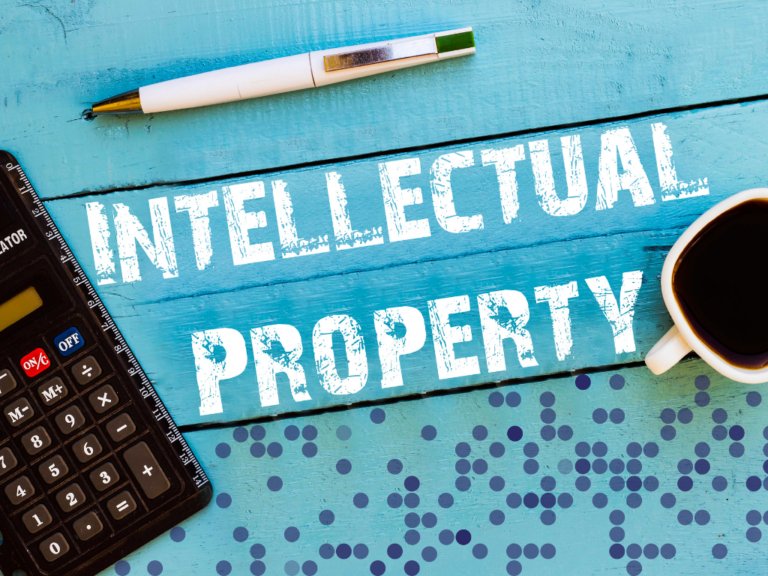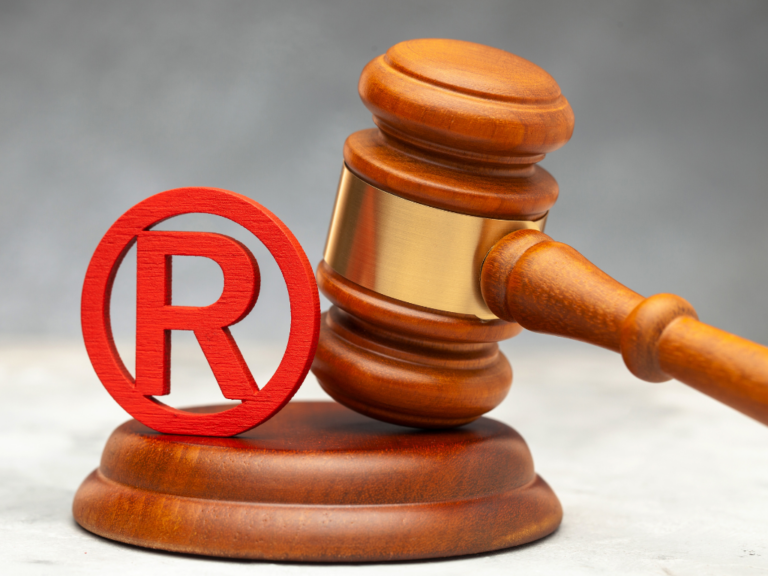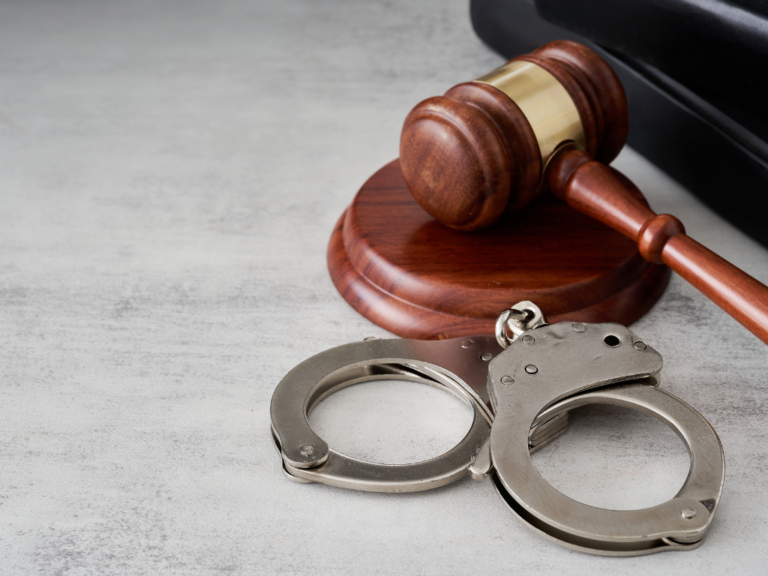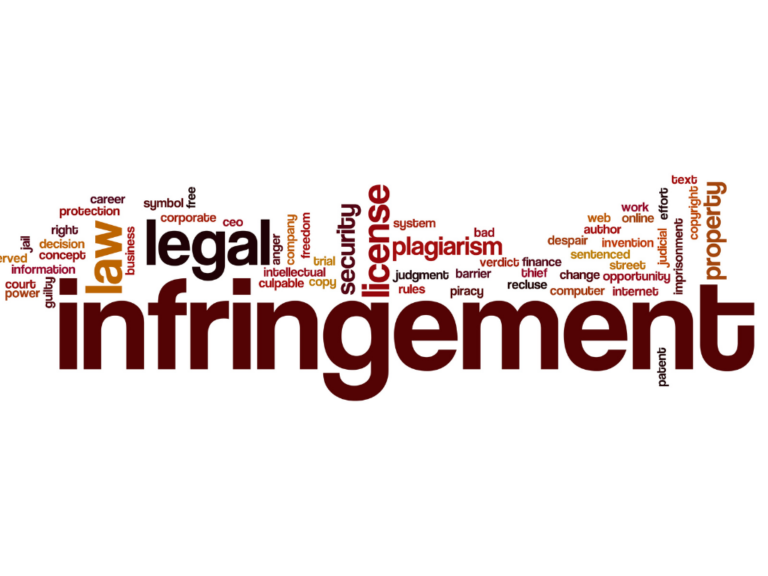Call us now:
Compensatory damages based on intellectual property rights infringement in Vietnam. In Vietnam, intellectual property rights are strongly protected by law, and violations of these rights can result in significant financial consequences. Compensatory damages for intellectual property infringement are designed to compensate the rights holder for losses suffered due to unauthorized use, reproduction, or distribution of their intellectual property. These damages aim to restore the rights holder’s financial standing, cover the harm caused by the infringement, and deter future violations. Understanding how compensatory damages are calculated and awarded is essential for both rights holders and businesses in navigating the complexities of intellectual property protection in Vietnam.

Principles for determining compensatory damages based on intellectual property rights infringement in Vietnam
Article 204 of the Intellectual Property Law outlines the principles for determining damages resulting from intellectual property rights infringement, including two main types of damages: material damages and moral damages.
1/ Material Damages
This section lists the types of economic losses that the intellectual property rights holder may incur due to infringement. These losses include:
- Property Losses: Direct damages to property that the intellectual property rights holder loses as a result of the infringement.
- Loss of Income and Profit: Damages related to the amount of money the rights holder would have earned if the infringement had not occurred. This can be measured by the decrease in revenue or profit due to customers choosing counterfeit products or similar services from the infringing party.
- Business Opportunity Losses: Includes missed business opportunities caused by the infringement, such as the loss of market expansion, new contract signings, or brand development opportunities.
- Reasonable Costs to Prevent and Rectify the Damage: These are the expenses the intellectual property rights holder incurs to minimize and prevent further damage, such as costs for notarizing evidence, conducting expert assessments, hiring lawyers, investigation costs, and other expenses related to stopping the infringement and restoring the original state.
2/ Moral Damages
These are non-economic damages that refer to losses related to the reputation, honor, and dignity of the intellectual property rights holder. Infringement acts can harm the image of the rights holder, especially when it involves copying or distorting valuable literary, artistic works, or inventions. If a work is copied or altered, it can cause moral harm to the author in terms of reputation and emotional distress.
The law stipulates that the extent of the damage must be determined based on the actual losses the intellectual property rights holder has suffered due to the infringement. This means that compensation is not based on assumptions but on actual evidence and substantiated proof of the extent of the damage suffered.
Basis for determining material damages based on intellectual property rights infringement in Vietnam
An analysis of methods for determining material damages from intellectual property rights infringement is provided below:
1/ Damages = Total Material Damages (Monetary) + Profit Earned by Defendant from Infringement
Total material damages (monetary) refer to the direct financial losses that the plaintiff suffers, such as revenue loss or the infringement of property.
Profit earned by the defendant: If the defendant gains profit from using the intellectual property subject to infringement, this profit will be added to the total damages, unless the plaintiff’s loss in profit has already been included in the total material damages. This ensures that the plaintiff is fully compensated for the actual damages caused by the infringement, while avoiding duplication of compensation.
2/ Damages = Hypothetical Transfer Price of Intellectual Property Use
If the defendant’s infringement is assumed to have been authorized by the plaintiff through a license agreement for the intellectual property, the damages will be calculated based on the reasonable value of that usage transfer.
The scope of the usage transfer is limited to the infringement the defendant committed. This method helps determine the damages based on the market value of the intellectual property usage rights, reflecting the extent of damage the plaintiff suffers by losing control over their intellectual property.
3/ Material Damages Based on Other Methods Compliant with the Law
This point allows the intellectual property rights holder (plaintiff) to use alternative methods for calculating damages if they are in accordance with legal provisions. This opens up possibilities for flexible calculations, such as based on market price reduction, loss prevention costs, or costs for reputation recovery. This ensures that damage calculations can be tailored based on the specific circumstances of each case.
4/ Court-Imposed Compensation if Specific Damages Cannot Be Determined
If it is impossible to determine the material damages using the above methods, the court will impose compensation based on the actual level of damage but not exceeding VND 500 million. This is the last resort to ensure that the plaintiff still receives reasonable compensation when exact damages cannot be determined.
In summary, these methods ensure that the plaintiff’s rights are protected when their intellectual property is infringed, and provide flexibility in determining the compensation based on the specific situation of each case.
5/ Compensation for Lawyer Fees
The law allows intellectual property rights holders, in addition to receiving compensation for material and moral damages, to request the infringing party to pay reasonable costs incurred to protect their rights, specifically lawyer fees. This ensures that the plaintiff is partially compensated for the costs they incur when taking legal action to protect their rights against infringement.
Only reasonable lawyer fees will be accepted for compensation requests. This means that the costs must be proportional to the complexity of the case, the amount of time spent by the lawyer, and the average market rate for the corresponding legal services. The court can review invoices, service contracts, or other documentation to determine the reasonableness of these costs. This ensures that compensation claims are not excessive or unjustified.
Basis for determining moral damages based on intellectual property rights infringement in Vietnam
The regulation on compensating for moral damages in cases of intellectual property rights infringement that negatively affect the plaintiff emphasizes the plaintiff’s right to claim compensation not only for property losses but also for emotional harm. This can be analyzed in the following manner:
Plaintiff’s Claim for Moral Damages
The regulation allows the plaintiff to request the Court to compensate for moral damages if they can prove that the intellectual property infringement caused emotional harm. This ensures that non-financial losses are also seriously considered, especially when the infringement negatively impacts the plaintiff’s reputation, prestige, or personal satisfaction.
Amount of Compensation for Moral Damages
The regulation provides a clear compensation range, from 5 million VND to 50 million VND, for moral damages. This compensation framework gives the Court a basis for determining the amount of compensation based on the extent of the emotional harm the plaintiff has suffered. The Court will decide on the specific amount within this range based on the severity of the harm. Moral damages can vary depending on how the infringement affected the plaintiff, including harm to their reputation, honor, or prestige.
The plaintiff must prove that the infringement has indeed caused emotional harm, for example, by providing documentation showing the impact on their reputation or prestige. This ensures that compensation claims are not based on speculation but on concrete, reasonable evidence.
This regulation reflects the legal recognition of the emotional losses that intellectual property rights holders may face. It also serves as a mechanism to protect the comprehensive rights of intellectual property owners, not only in terms of property but also honor and mental well-being, creating a fair and transparent legal basis for requesting compensation for damages.
Facing Intellectual Property Infringement? DCNH Law Is Here to Help!
With our team of experienced lawyers, we offer comprehensive consultation and handling services for intellectual property infringement cases, ensuring the protection of your legal rights. From damage assessment to compensation claims and dispute resolution, we are committed to providing fast, effective, and optimal solutions. Contact DCNH Law today to safeguard your interests comprehensively!
Contact Us Now:
DCNH LAW
Address: 38B Tran Nhat Duat, Phuoc Hoa ward, Nha Trang city, Khanh Hoa province, Vietnam.
Phone: (+84) 343320223 – 974278893
Email: dcnh.law@gmail.com




